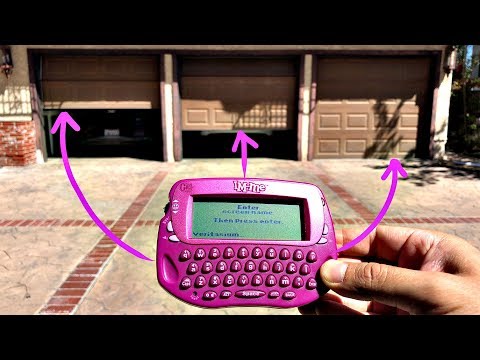Have you guys considered making a De Bruijn sequence function available for quickly brute forcing shift registers? You could probably have something pretty universal that takes key length, and delta t between bits. I feel like that could be very useful for a number of the capabilities of this device.
Edit: On second thought you wouldn’t put Dt there you would have just have a debruijn to generate the sequence and pass it back as an array then let the programs hand how it’s transmitted.
I did have a thought since posting this. Is there any litterateur on combining debruijn sequences for subsets of a known range but unknown length? Like generate the most efficient set such that sub sets of length let’s say 16 through 129 avoid overlapping as much as possible. Basically make a sequence for the largest value then sort through to try shifting it around in such a way that it maintains full coverage but avoids repeating smaller sub sets of itself.
Or even like give me the most efficient sequence of subset length n such that subset length n-k is fully covered and then remaining members of subset n not covered in n-k are added on. So you could give priority to subsets that are most probable first but still generate a sequence that covers up to the max defined subset length.

 562.949.953.421.312 possible ways, that would maybe get it to around 22.517.998.136.852? So i guess it’s not really possible. Not totally sure if my calculations are right.
562.949.953.421.312 possible ways, that would maybe get it to around 22.517.998.136.852? So i guess it’s not really possible. Not totally sure if my calculations are right.

